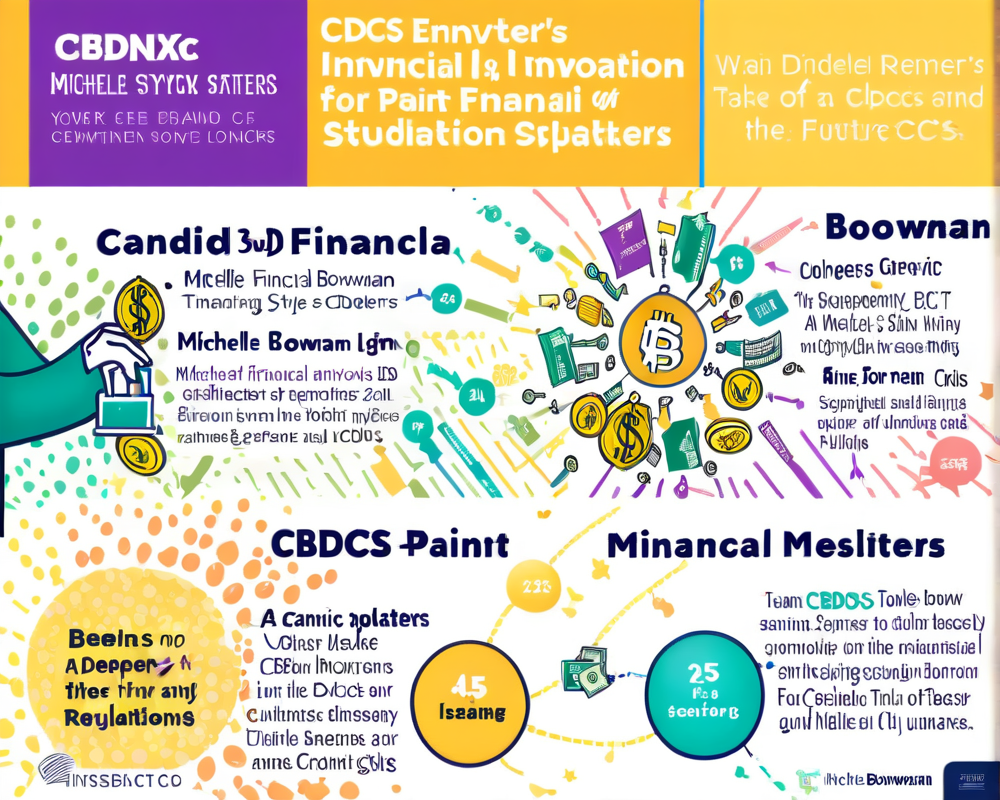Bowman’s Perspective on Financial Innovation
In a recent speech at Harvard Law School, Federal Reserve Board Governor Michelle Bowman pulled back the curtain on her evolving views regarding financial innovation, particularly focusing on central bank digital currencies (CBDCs) and stablecoins. Attendees braced themselves for an enlightening discussion, and Bowman did not disappoint. Her remarks hinted at a bearish outlook, suggesting that innovations in finance may not be the cash cows some had hoped.
Diving into Central Bank Digital Currency
Bowman expounded on the potential roads toward implementing CBDCs but was quick to raise red flags, indicating that a poorly designed CBDC could lead to bank disintermediation. Nobody wants their bank to vanish into thin air, right? Moreover, she called attention to existing friction in the payment system, emphasizing the need to balance these innovations against delivering public access to safe, trustworthy central bank money.
- Payment System Frictions: Bowman’s concerns weren’t just about new technology; she pointed out that some limitations are part of the design – a bit like those frustrating shows where the plot is impeded for dramatic effect.
Stablecoins: The Case for Caution
Stablecoins attracted Bowman’s scrutiny, as she highlighted the need for a rigorous framework to regulate financial innovations based on equal risk principles. “If it quacks like a duck,” she seemed to suggest, “you better have regulations to back it up.” Her main beef? The low level of regulation surrounding stablecoins – she likened it to allowing a toddler to play with a loaded paintball gun.
The Banking Intermediary Role
One of the more intriguing points of her speech was her defense of the *U.S. intermediated banking model* as a shield against governmental overreach. She passionately stated, “The U.S. intermediated banking model helps to insulate consumer financial activities from unnecessary government overreach.” It’s like having a bouncer at the club keeping the riff-raff out while you enjoy your drinks. However, she left everyone wondering about the specifics of how this model would work in practical terms.
FedNow vs. CBDC: A Showdown?
Bowman also believes that the recently launched FedNow service is more than enough in the current landscape. In her view, it stands tall against CBDCs, offering a seemingly solid alternative for immediate payments. Without a congressional mandate, she seems to imply, dreaming about a U.S. dollar CBDC is like a fantasy football league: full of hopes and ‘what ifs’ but with little promise of reality.
The Path Ahead: Research & Regulation
Despite the hesitations, Bowman remains optimistic about furthering research around CBDCs and other technological advancements in the financial sector, stressing the importance of maintaining a flexible approach. In a world that’s speedy and ever-evolving, she’s advocating for a mindset that welcomes innovation while keeping an eye on regulation. This sounds a lot like the tightrope belt of the financial circus we live in, where the performer has to balance flair while avoiding a fall.
In a nutshell, Bowman’s speech was a call to action for not just the Federal Reserve but for all stakeholders in the financial system to put on their thinking caps and prepare for a responsible approach to innovation in money management.




